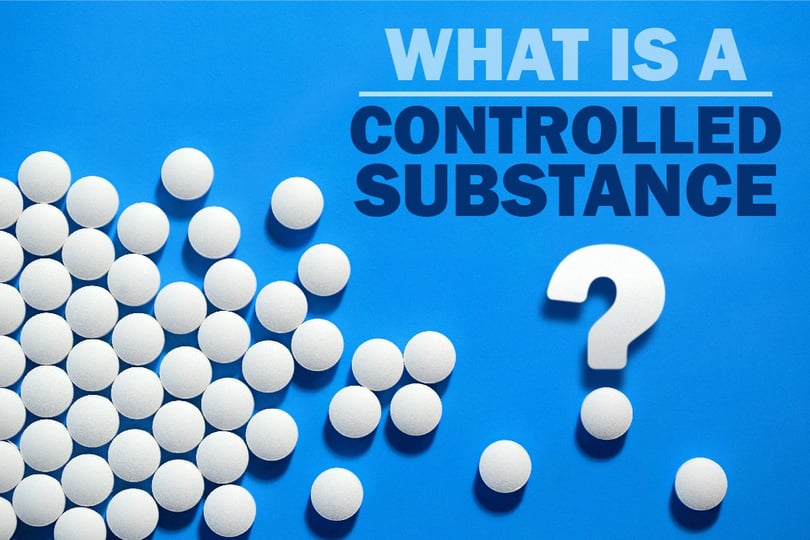What is a Controlled Substance?

This blog was updated on June 4, 2020.
What is a Controlled Substance?
In our efforts to prioritize patient care and make the workers' compensation process go a bit smoother, IWP wants to help injured workers familiarize themselves with the definition of controlled substances and how they're classified. Understanding drug categorization is at times a frustrating and confusing topic for patients, especially when it comes to learning the ins and outs of controlled substances. Do you need a prescription for your medication or can you just purchase it at a local store? Is your medication a controlled substance with certain restrictions on how it can be prescribed or filled?
Prescription medications can be broken down into two sub-categories: controlled and non-controlled. Most prescriptions for chronic conditions or infections are non-controlled. For example, most blood pressure and cholesterol medications, diabetes medications, asthma inhalers, and antibiotics are all non-controlled medications.
Controlled substances are medications that can cause physical and mental dependence, and the manufacturing, possession and use of these medications is regulated by law. How controlled substances are regulated and classified by the Drug Enforcement Administration (DEA) is based on how likely they are to cause dependence. Some examples of controlled substances include opioid pain medications like Vicodin, or ADHD medications such as Adderall.
The Controlled Substances Act (CSA)
Since its creation in 1970, the Controlled Substances Act (CSA) has been used by law enforcement to decrease drug abuse and dependence among Americans by regulating the production, sale, purchase and use of many drugs. This act gives authority to the DEA to monitor and control the use of substances, both legal and illegal. Because of the many differences between the various types of substances, the CSA puts each substance into one of five categories, called schedules. These categories give each substance a simple classification that helps both law enforcement and the medical community to easily understand its nature.
How are Controlled Substances Classified?
Drug classifications help categorize current and developing drugs, which in turn helps lawmakers, law enforcers and medical experts understand how best to handle a particular substance. In this way, scheduling narcotics, prescription medications and other drugs makes the industry safer for everyone.
How does the DEA and Food and Drug Administration (FDA) know which drugs are safe and which aren’t? Various studies on the drug’s effectiveness and risks are required and reviewed. Any drug entering the market must be analyzed, whether it is a new pharmaceutical or a street drug rising in popularity.
To initiate a schedule, the DEA first asks if a drug can be abused. If the answer is yes, then it's put on a schedule. After that, the drug's medical value and relative potential for abuse are evaluated to decide where on the schedule it lands.
Schedule 1 drugs have no medical value and high potential for abuse, while schedule 2 through 5 substances all have some medical value but differ in ranking depending on their potential for abuse (from high to low).
Some examples of drugs that are on each schedule are:
- Schedule 1: Marijuana, Heroin, LSD, and Ecstasy
- Schedule 2: Cocaine, Morphine, Oxycodone, Adderall, Ritalin, and Vicodin
- Schedule 3: Tylenol with codeine, anabolic steroids, and testosterone
- Schedule 4: Xanax, Soma, Valium, and Ambien
- Schedule 5: Lyrica and cough suppressants.
Effect of Pharmacy Practice
The Controlled Substances Act continues to play an important role in the day-to-day activities of pharmacy practice. It provides an efficient way to help medical professionals, lawmakers and other officials across the country assess the benefits and dangers of various drugs and medications. As the law continues to evolve, pharmacists must stay current of the many changes that continue to occur to ensure safe and efficient patient care.
Other Posts You Might Be Interested In
Subscribe to email updates
Stay up-to-date on what's happening at this blog and get additional content about the benefits of subscribing.


